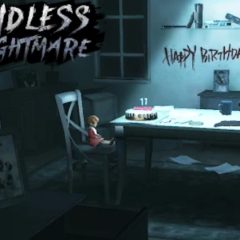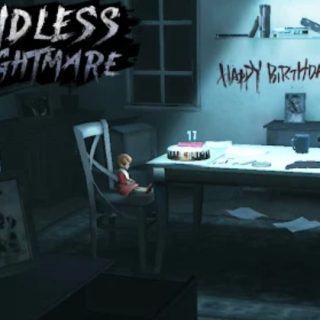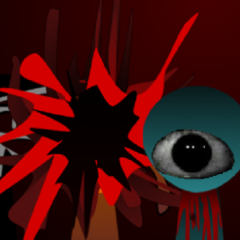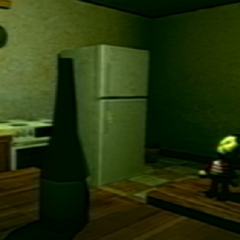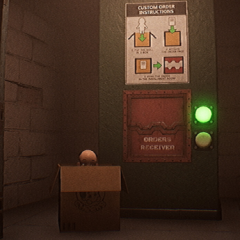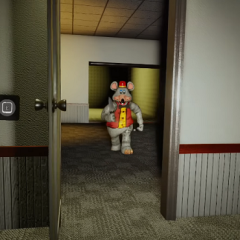Investigation and Exploration
The core of the gameplay focuses on exploring rooms, collecting evidence, and uncovering the hidden story behind the tragedy. Players must search drawers, examine objects, and piece together fragments of documents to understand what has happened. The environment is filled with locked doors, puzzles, and secrets that require logical thinking and observation to solve.
Stealth and Enemy Avoidance
Throughout the house, a terrifying figure roams the halls. To survive, the player must avoid being seen or heard by hiding under beds, inside closets, or sneaking through shadows. Making noise, moving too quickly, or failing to hide in time can lead to a chase or death. Each encounter raises tension and forces the player to plan their movements carefully.
Key gameplay elements include:
- First-person perspective with atmospheric visuals
- A detailed house with interactive environments
- Puzzle-solving tied to the narrative
- Stealth mechanics with hiding spots and enemy tracking
- Evidence collection that expands the story
- Limited resources and health items
- Multiple endings based on player actions
Narrative and Psychological Themes
As the game progresses, players experience hallucinations and shifting environments that reflect the mental state of the character. The narrative touches on themes of loss, guilt, and trauma, using environmental storytelling to deliver emotional impact. Flashbacks and supernatural moments blend with real-world details, creating a sense of confusion and urgency.
Endless Nightmare offers a mix of investigative gameplay, stealth mechanics, and horror atmosphere. With its focus on narrative and psychological depth, the game challenges players to not only survive but also understand the events surrounding the main character’s past. Each choice and discovery pushes the story forward, creating a suspenseful and immersive experience.

